Blue asters: varieties with a description and tips for growing them

Perennial beautiful asters are rightfully considered one of the most luxurious decorations in garden plots. This flower is incredibly popular among gardeners due to its varietal variety, unpretentious care, a huge choice of flower shape and color. Plants combine grace and brevity, simplicity and expressiveness. Thanks to the asters, gardens and summer cottages have original and bright decor until the very cold weather. Blue asters occupy a special place in the range of spectacular colors.
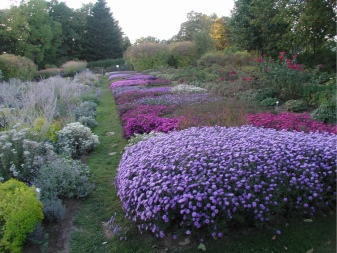
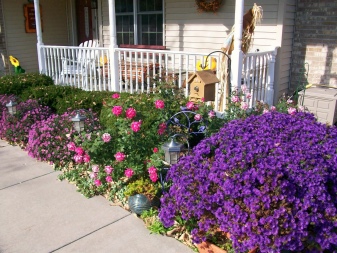
Varieties
Perennials of asters are distinguished by their flowering periods:
alpine groups, for example, alpine blue refers to spring;
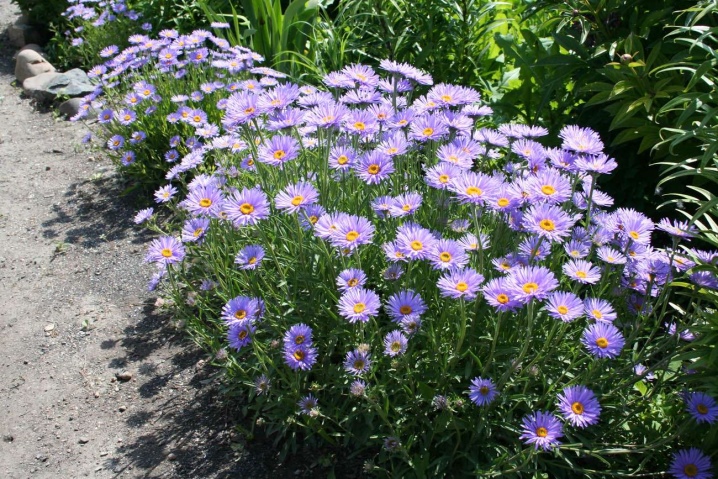
- chamomile asters - to the summer;
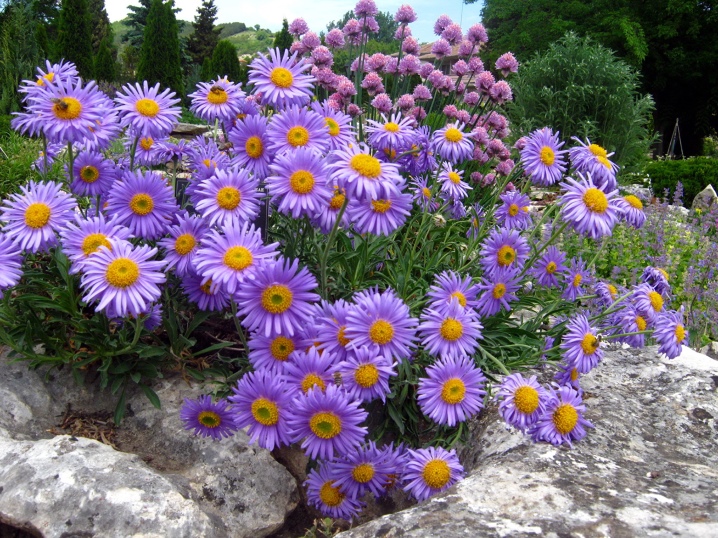
shrubby, New Belgian and New England - by autumn.
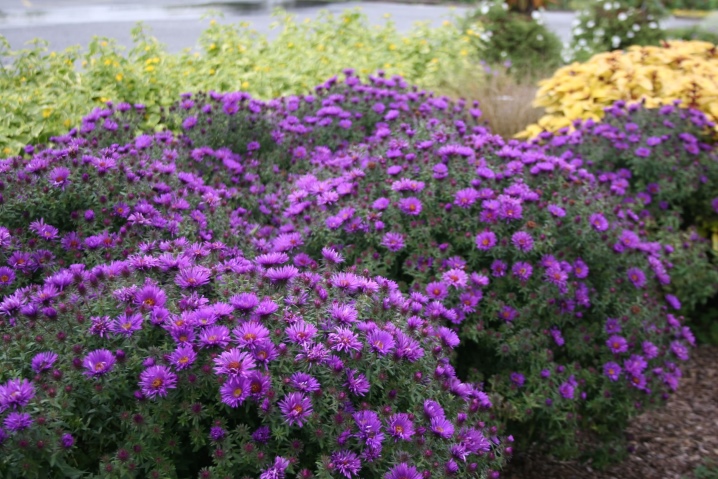
In each group, there are varieties of blue or light blue. There are more than 200 types of asters in total. The main botanical groups of asters are distinguished:
shrubby or dwarf, highly decorative, showy;
alpine - early flowering, flowering continues until mid-summer, very good winter hardiness;
New Belgian - bloom profusely closer to autumn, the maximum height is up to 1.5 meters, there are many blue variants among the colors;
chamomile - blooms all summer, gets along well in flower beds with any flowers, height up to 80 cm;
Tatar - bred in the Far East, tall, more than 2 m, refer to late flowering;
Chinese - annuals, height up to 10 cm, terry;
peony - annual, have a spectacular peony-like terry.
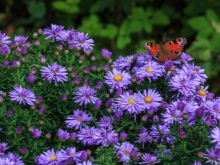
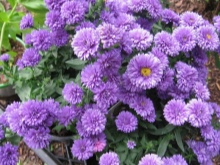
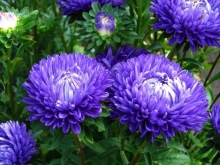
Growing features
Most of the asters are perennials, but there are also one-two-year varieties. With regard to frost resistance, endurance is almost always at a high level. For thermophilic varieties, it is enough to organize a coniferous shelter. It is necessary to remember about rejuvenation, which is carried out as soon as the drying of the center of the flower cluster is noticed, the period of rejuvenation is once every 3 years. The procedure itself is simple - the flowers are dug up, the young are separated and transplanted.
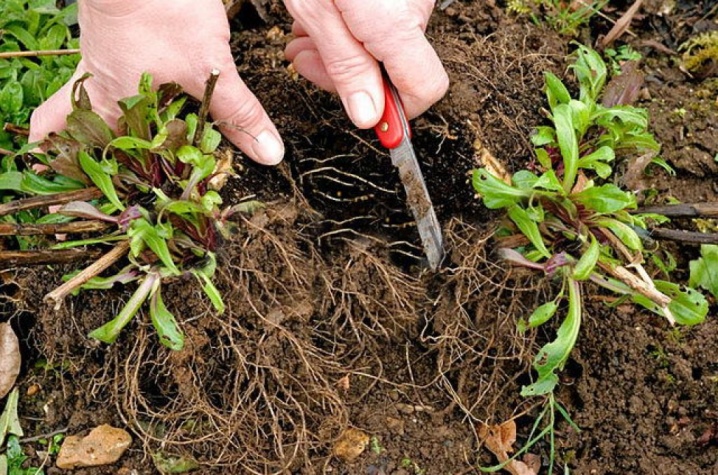
Aster propagates by division in the spring, when the dug plant is divided and planted. Asters rarely get sick, but you need to know some of the symptoms in order to take action in time:
powdery mildew is a fungal-type infection, you can notice the formation of powdery-type flakes on the shoots and foliage;
spotting - characterized by the appearance of brownish spots in the form of an oval and a circle of a watery type;
mold gray is another fungus that is most often seen in autumn and spring as brown spots that grow very quickly.
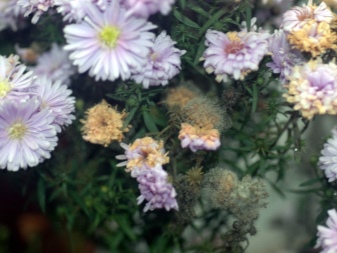
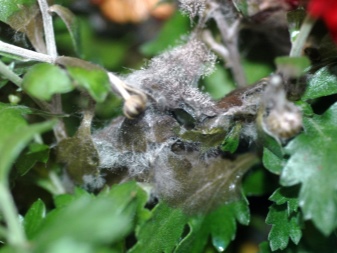
Blue varieties
The blue color of asters is very common. There are a lot of varieties in this palette, and shades vary from pale blue to rich, dark blue tones.
Alpine blue aster - blooms very early, ideal for decorating rock gardens, frost-resistant, maximum height up to 40 cm, shades from purple to blue, depending on the variety. The most popular types in this range are Biergarden and Wartborschen.
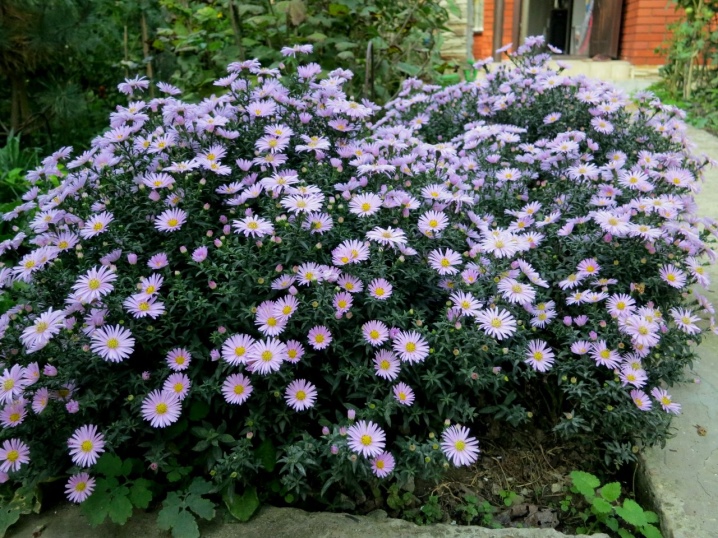
- "Lady in blue" - bright blue bloom with rich yellow color.
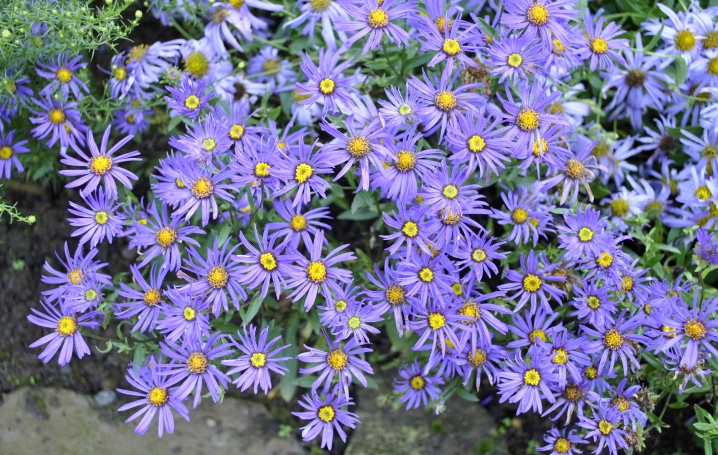
- "Blue Lagoon" - shrub type, height up to 30 cm, blue with a purple tint, branched, pubescent plant, blooms profusely in late summer - early autumn.
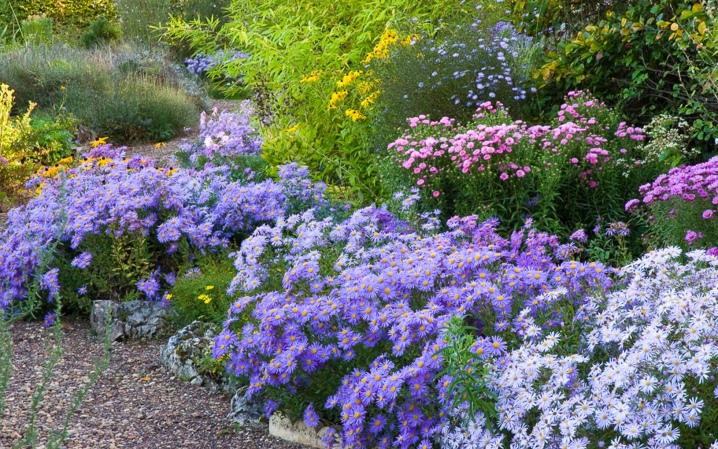
- "Blue Moon" - Densely double pompom-type aster, straight stem, height up to 50 cm, blooms profusely, effectively, deep blue color, flowering from mid-summer to early autumn.
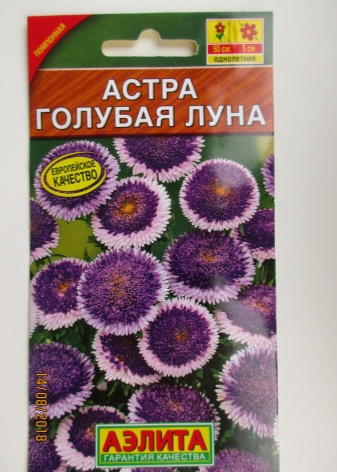
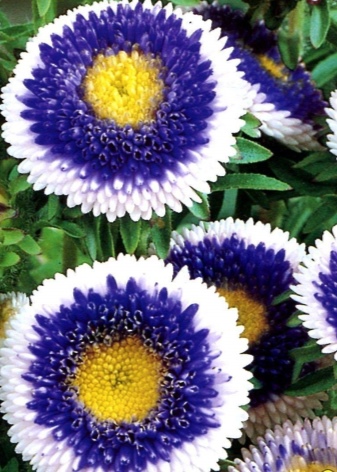
- Bluebird - undersized variety with blue-violet flowering, naked aster, broad foliage, abundant color accumulation.
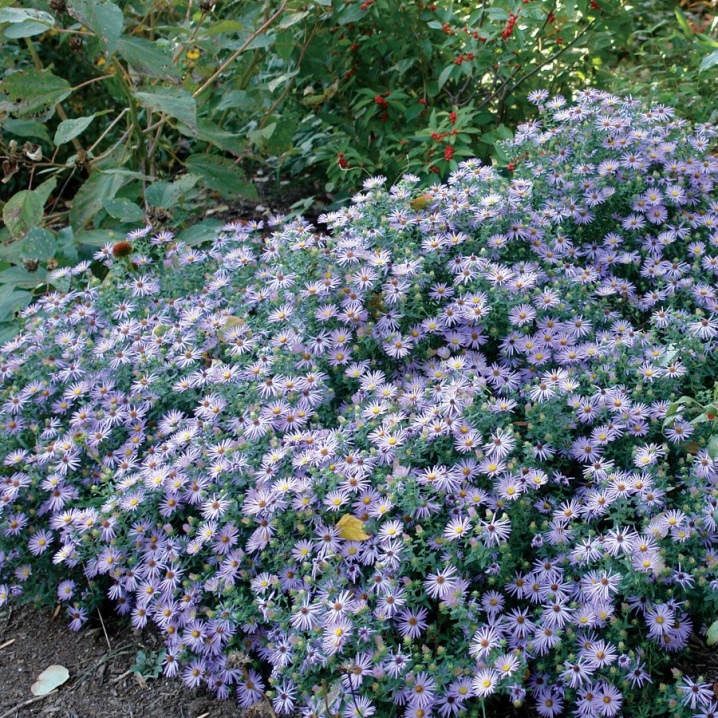
- "Lady in Black" - violet-blue flowering, high decorative effect, foliage is dark, beautiful.
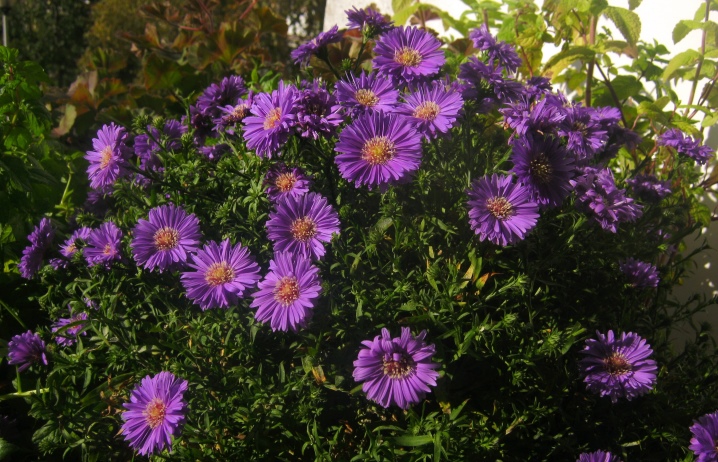
- Aster laevis - purple flowers with a blue tint, many large inflorescences, wide-type foliage.
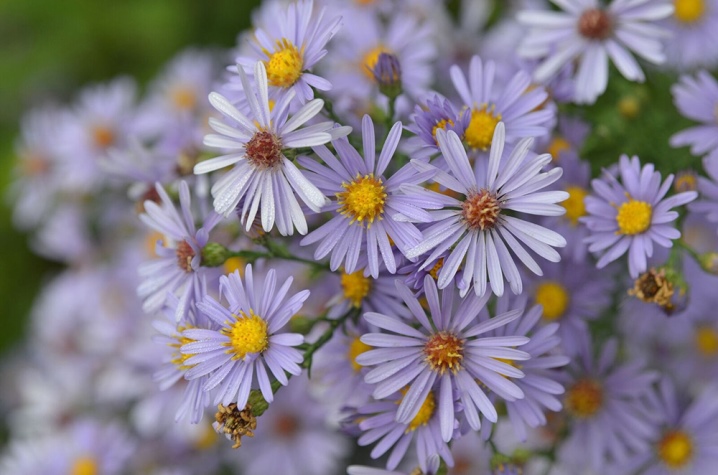
- "Bluestar" - heather variety of asters, needle-shaped petals, narrow, small, abundant flowering.

- King George - chamomile type, blue with purple.
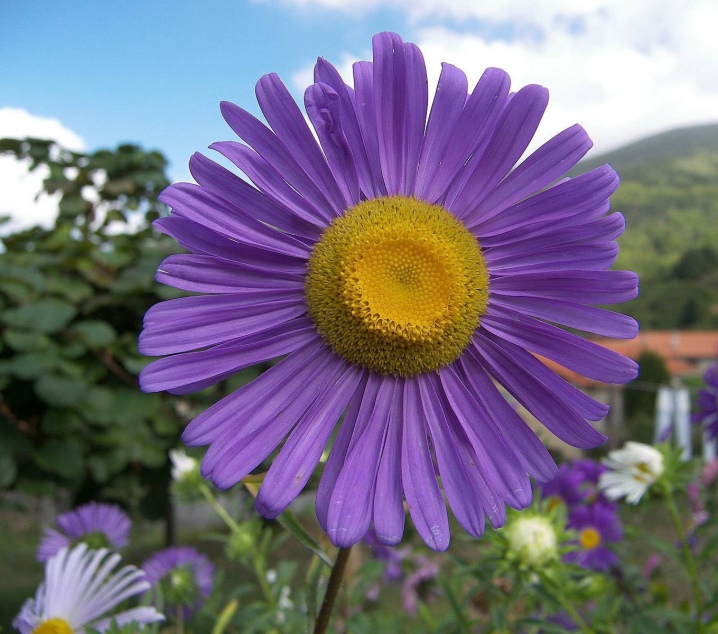
- "Blutendeke" - like chamomile blue, light
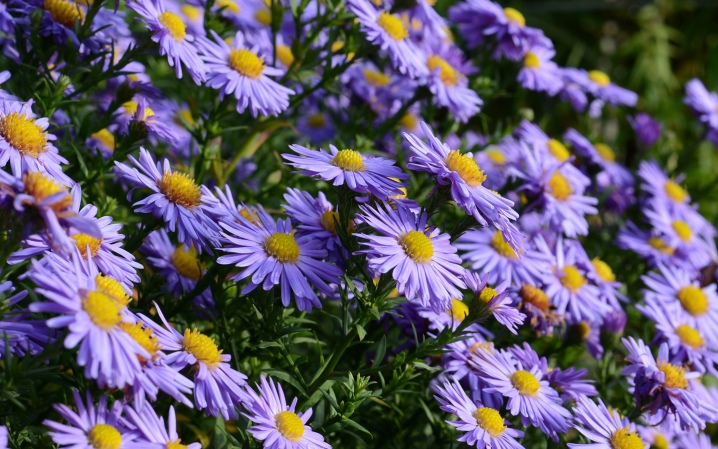
- "Lady in Blue" - refers to a shrub species, has a delicate blue tint.
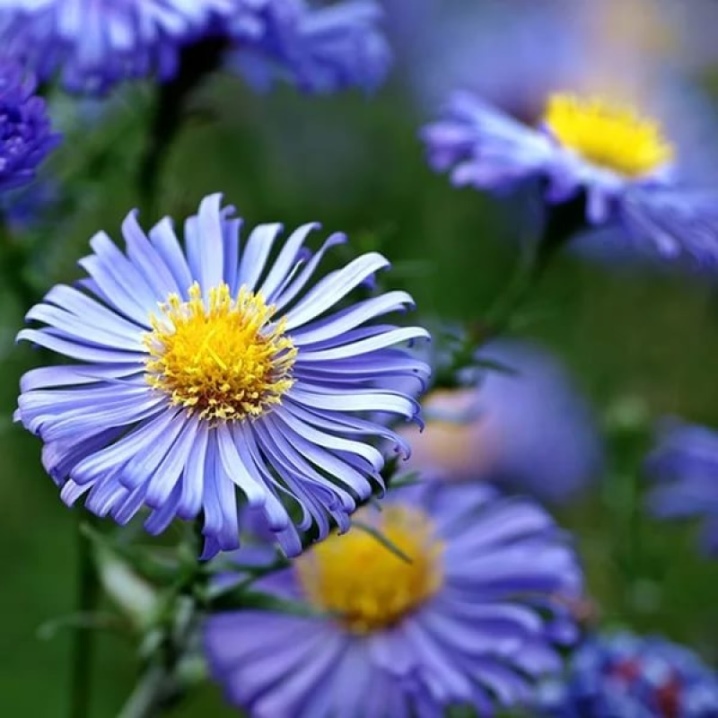
- "Little Boy Blue" - has a rich dark blue tone.
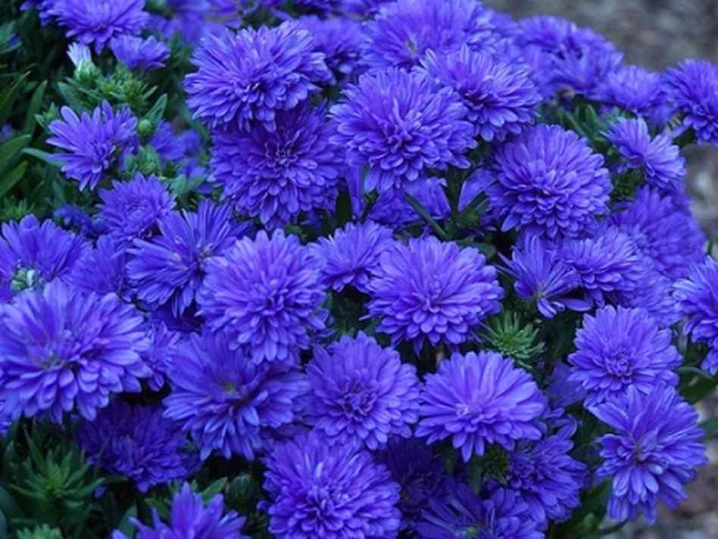
Royal Blue - spectacular purple-blue asters.
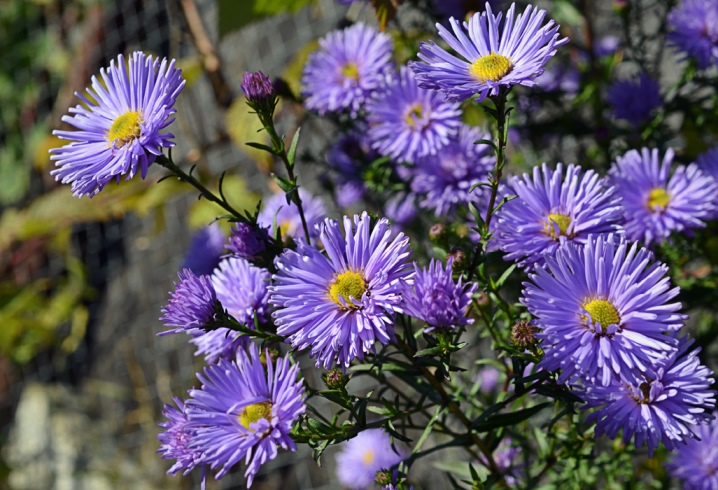
- "Plenty" - original color, blue with a large proportion of lavender tone.
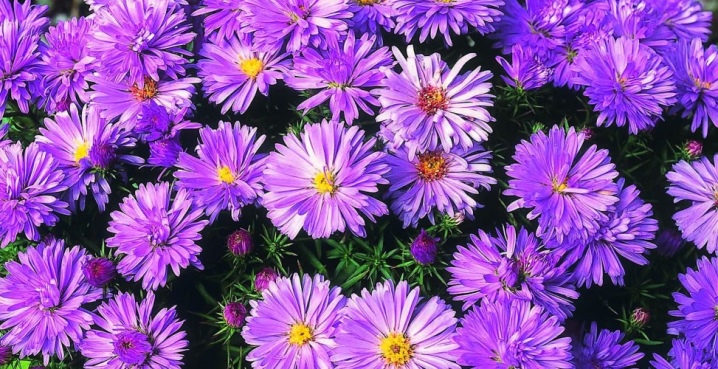
Blue varieties in the landscape
Asters look perfect in flower beds in different varietal variations or in combination with other flowers. Higher grades look best in the center of the composition or along fences.
Blue asters are ideally combined with marigolds, anemones, phloxes, echinacea, dahlias, perennial herbs - wormwood, catnip. Asters grow best in sunny areas where there is no stagnation of air.
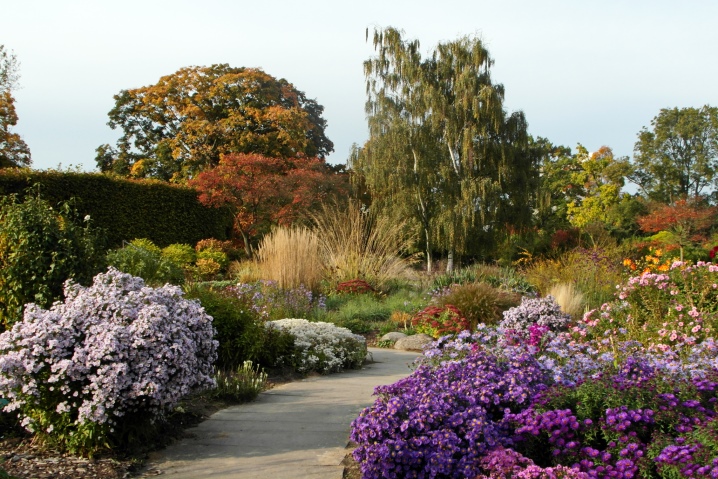
Beautiful examples
Chamomile deep blue asters look perfect against the backdrop of greenery.
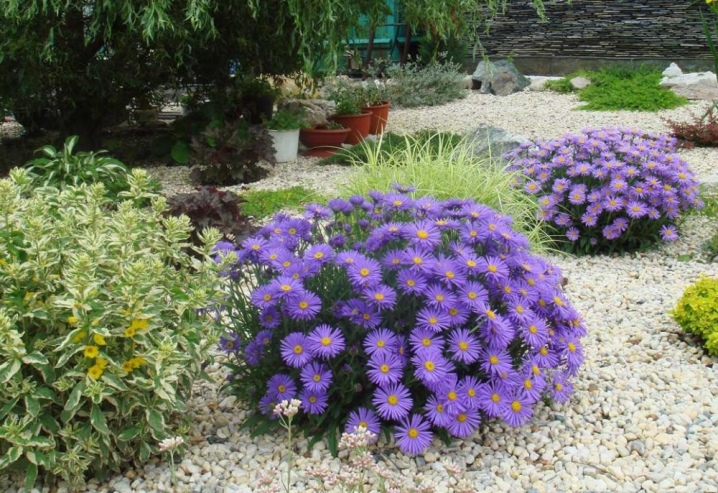
New England varieties are great for decorating tracks.
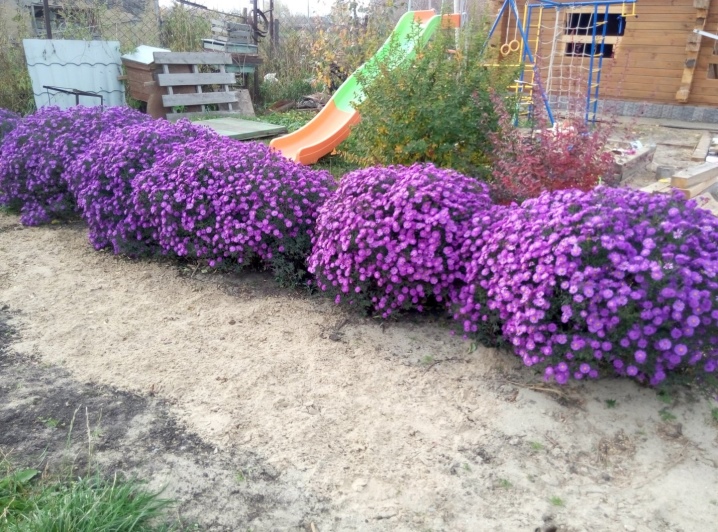
The blue flowers never get lost, even among the lush vegetation.
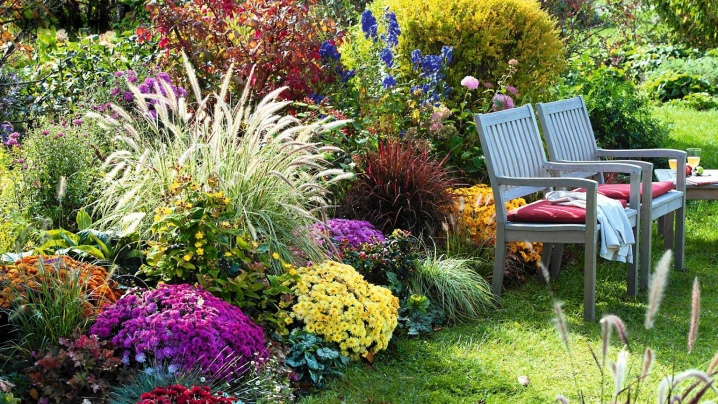
The different height of the peduncles makes it possible to compose luxurious compositions from one variety.
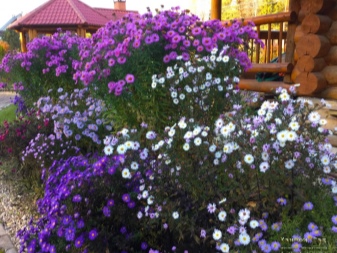
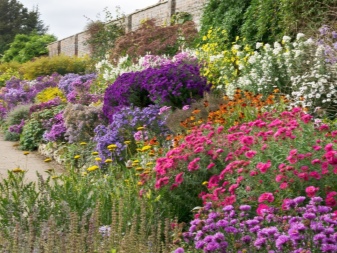
New Belgian blue tones are incredibly effective and sophisticated.
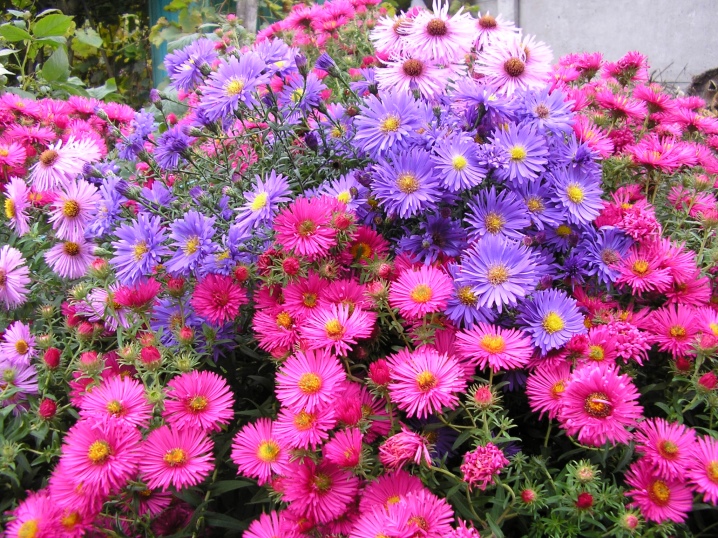
Low-growing flowers will form the perfect carpet surrounded by low greenery.
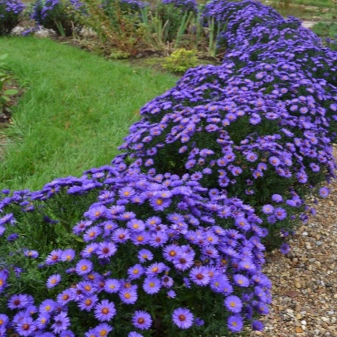
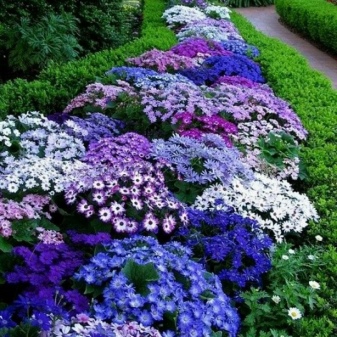
For information on how to transplant asters in the fall, see the next video.






































































































The comment was sent successfully.